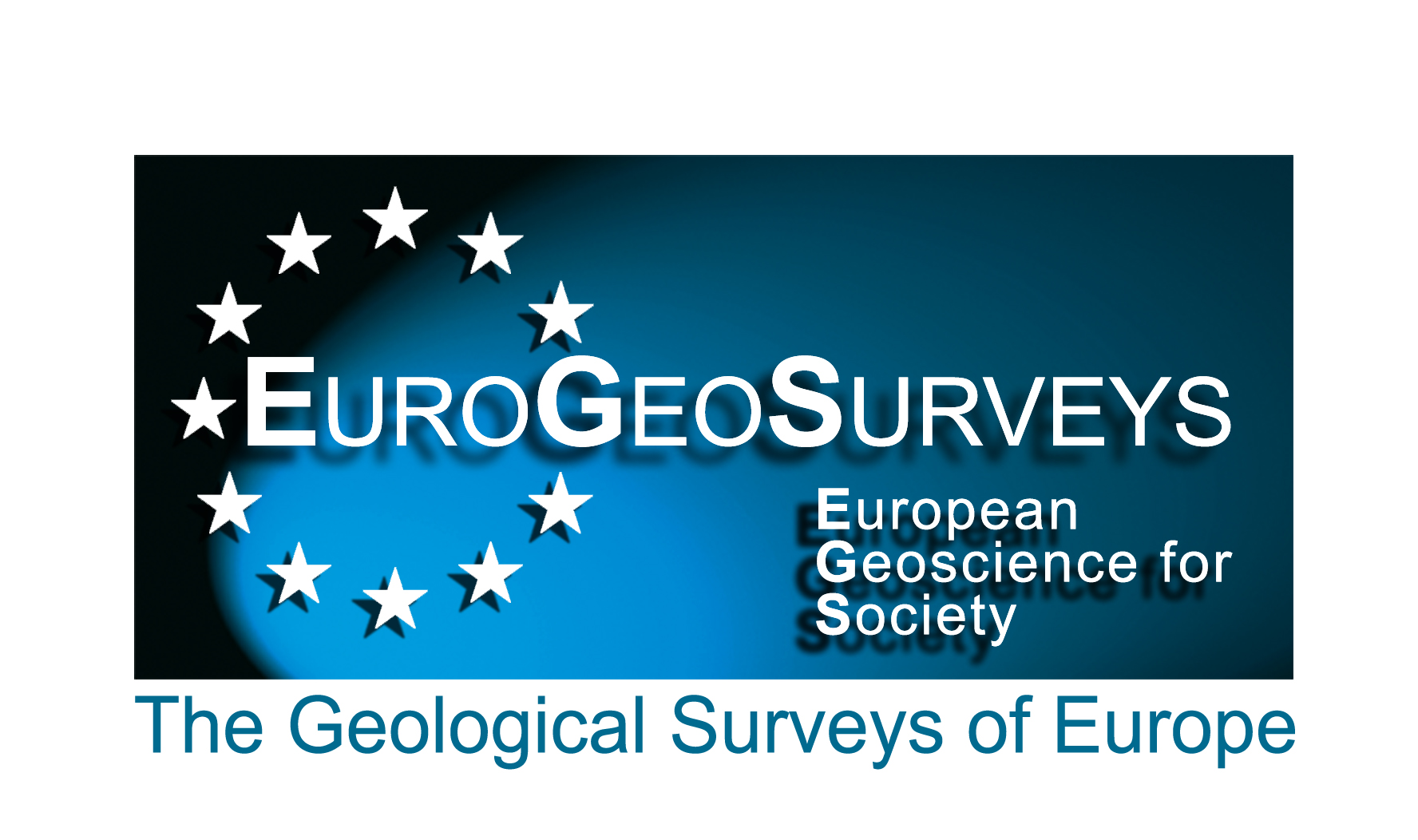Focal point
Location
EuroGeoSurveys (EGS), The Geological Surveys of Europe, is a not-for-profit organisation representing 37 National Geological Surveys and some regional Surveys in Europe, an overall workforce of several thousand experts.
EuroGeoSurveys members, the National Geological Surveys, are public sector institutions carrying out operations and research in the field of geosciences. These organisations have a long tradition, in many cases more than 100 years, in collecting data, preparing information and conducting research focused on their national subsurface.
EuroGeoSurveys provides the European Institutions with expert, neutral, balanced and practical pan-European advice and information as an aid to problem-solving, policy, regulatory and programme formulation in areas such as:
• The use and the management of on- and off-shore natural resources related to the subsurface of the Earth, (energy, including the renewable geothermal energy; minerals and water, soils, underground space and land)
• The identification of natural hazards of geological origin, their monitoring and the mitigation of their impacts (deficit or excess of trace elements in soils and waters, earthquakes, natural emissions of hazardous gases, landslides and rockfalls, land heave and subsidence, shrinking and swelling clays
• Environmental management, waste management and disposal; land-use planning
• Sustainable urban development and safe construction
• e- government and the access to geoscientific metadata and data
• The development of interoperable and harmonised geoscientific data at the European scale
Members:
Resources
Displaying 1 - 4 of 4Arsenic in agricultural and grazing land soils of Europe
Arsenic concentrations are reported for the
Prediction of the concentration of chemical elements extracted by aqua regia in agricultural and grazing European soils using diffuse reflectance mid-infrared spectroscopy
The aim of this study was to develop partial least squares (PLS) models to predict the concentrations of 45 elements in soils extracted by the aqua regia (AR) method using diffuse reflectance Fourier Transform mid-infrared (MIR; 4000–500cm⁻¹) spectroscopy. A total of 4130 soils from the GEMAS European soil sampling program (geochemical mapping of agricultural soils and grazing land of Europe) were selected. From the full soil set, 1000 samples were randomly selected to develop PLS models. Cross-validation was used for model training and the remaining 3130 samples used for model testing.
use of diffuse reflectance mid-infrared spectroscopy for the prediction of the concentration of chemical elements estimated by X-ray fluorescence in agricultural and grazing European soils
The aim of this study was to develop partial least-squares (PLS) regression models using diffuse reflectance Fourier transform mid-infrared (MIR) spectroscopy for the prediction of the concentration of elements in soil determined by X-ray fluorescence (XRF).
Mercury in European agricultural and grazing land soils
Agricultural (Ap, Aₚ-horizon, 0–20cm) and grazing land soil samples (Gr, 0–10cm) were collected from a large part of Europe (33 countries, 5.6million km²) at an average density of 1sample site/2500km². The resulting more than 2×2000 soil samples were air dried, sieved to


